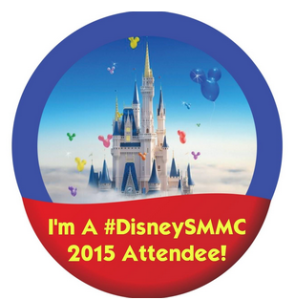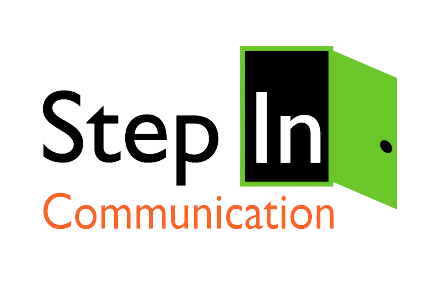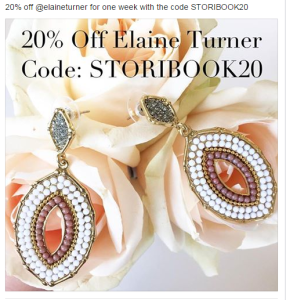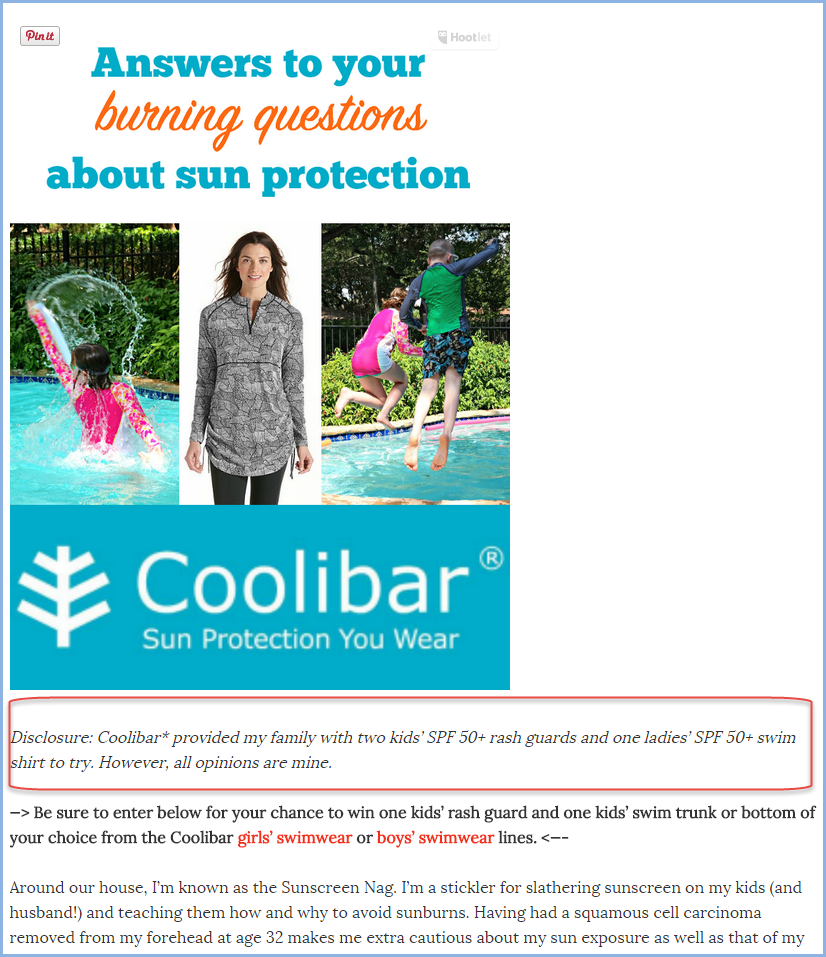If your social media team is working with influencers locally, regionally or nationally, it’s likely that the topic of compensation has come up. As more and more brands work with influencers, the discussions are becoming more tangled. Some of the questions I’ve heard from PR practitioners at recent conferences go something like this. Should they be paid? Should you treat them like journalists? Can you offer unique or custom experiences in exchange for their social output? What can you require them to do? What should you be required to do? How do I explain this to my boss? Here are some typical blogger/brand models that we’ve seen and how they might work for brands and bloggers.
The Advertising Model
In this model, bloggers get revenue through paid ad words campaigns or affiliate marketing. Amazon is the best example of this model but there are many popular to bloggers including BlogHer, AdThrive,The Blogger Network and Ad Sense. This story from Elayna Fernandez, The Positive Mom, talks to bloggers specifically about making money from blogs. Below is an example of affiliate marketing from Tori Foster Johnson of The SToriBook.
Sponsor Model
In this type, bloggers (or other influencers) are approached by a brand with a request to create content for a blog post or other social network. The brand offers a fee based on the request and the exchange is not unlike a freelance writing agreement. It may include deadlines, word count, hashtags or links and may be on the brands’ networks or the individuals or both. Examples of this type are easy to find and are most popular with consumer products, particularly those appealing to families. Below is a sample of a sponsored post from Colleen Pence at San Antonio Mom Blogs.
Consultant Model
In this model, bloggers are approaching brands that they are interested in and offering or negotiating a contract or consultation which could include identifying and approaching other influencers and working as a go-between for the brand and the bloggers to a mutual end. Similar to hiring a subject matter expert or celebrity and usually involves a specific timeline or project. Many in this model have media or communications backgrounds so they can be quite sophisticated but others bring only enthusiasm for the project or the brand.
Fam Tour Model
This capitalizes on the brand’s need or requirement to NOT pay for coverage and the bloggers need to develop great content for their networks. It also plays into the bloggers desire to develop content for growing audiences to build their network. It is dependent on the individual passions of the bloggers and the reputation of the individual brands. There is also a certain amount of prestige to working with a specific brand. For this model to work, the value proposition needs to be high for the blogger – the brand must offer something great! This model is often used in the hospitality industry and by destination management organizations as it aligns with how they work with travel writers.
Scarcity Model
The brand in this model creates a competition to create alignment with bloggers and to build attendance. The brand identifies and approaches bloggers but creates a competitive environment to draw in the best candidates. And the brand often charges a nominal rate to recoup the expenses incurred from hosting them on the trip or experience. These usually have large WOW factors! The SeaWorld of Texas AdventureCon program is in this category and so is the Disney Moms program.
The Passion Model
In this model, the brand or cause reaches out to bloggers based on their personal convictions –bloggers participate because of their personal beliefs. Local causes leverage the fact that bloggers want to contribute in their communities and are vocal when doing so. The project that Step In Communication managed for Cardboard Kids falls in this category.
Using bloggers and other social influencers as part of overall marketing goals is evolving. And there is no ONE way for bloggers and brands to work together. With so many models out there, it’s no wonder that some marketing and PR teams are confused. What models have you seen? How are they working? Share your examples here.


